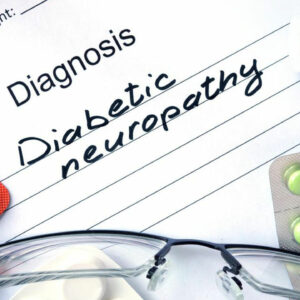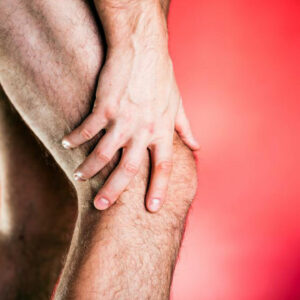
01
Causes and Treatment of Irritable Bowel Syndrome
There are no findings which can enlighten on the actual cause of Irritable Bowel Syndrome or IBS. However, as per the experts, there are certain things which have lead to IBS in people. Thus, they believe, these reasons play major roles in developing IBS symptoms. The factors causing Irritable Bowel Syndrome are given below: Physical Health Problems Brain-Gut Signal Problems The signals between your brain, the small and large intestines as well as the nerves in your gut manage how the gut functions. Thus, if there is a problem with the brain-gut signals, it will cause IBS symptoms. GI Motility Problems People with IBS do not have the kind of motility in their colon as other people normally have. They have either slow or fast motility. While slow motility causes constipation, fast motility causes diarrhea. Spasm is the reason behind the abdominal pain. If you suffer from IBS, there is a high chance of you experiencing hyperactivity which causes a significant increase in bowel contractions after you eat and when you feel stressed. Pain Sensitivity People with IBS have extra sensitive nerves in their gut. This causes more pain and discomfort than usual when stool or gas is stuck in the gut. The brain processes pain indications from your bowel in a different way if you suffer from IBS. Infections Bacterial infection in an individual’s GI tract may be a cause of irritable bowel syndrome. However, researchers have still not been able to confirm why GI tract infections cause some people to suffer from IBS while others do not. There may be additional reasons for mental health problems and GI tract lining. Small Intestinal Bacterial Overgrowth Usually, there are a small number of bacteria found in the small intestine. Small intestinal bacterial overgrowth is referred to the change in the type of bacteria or increase in their number in the small intestine.
Read More 










